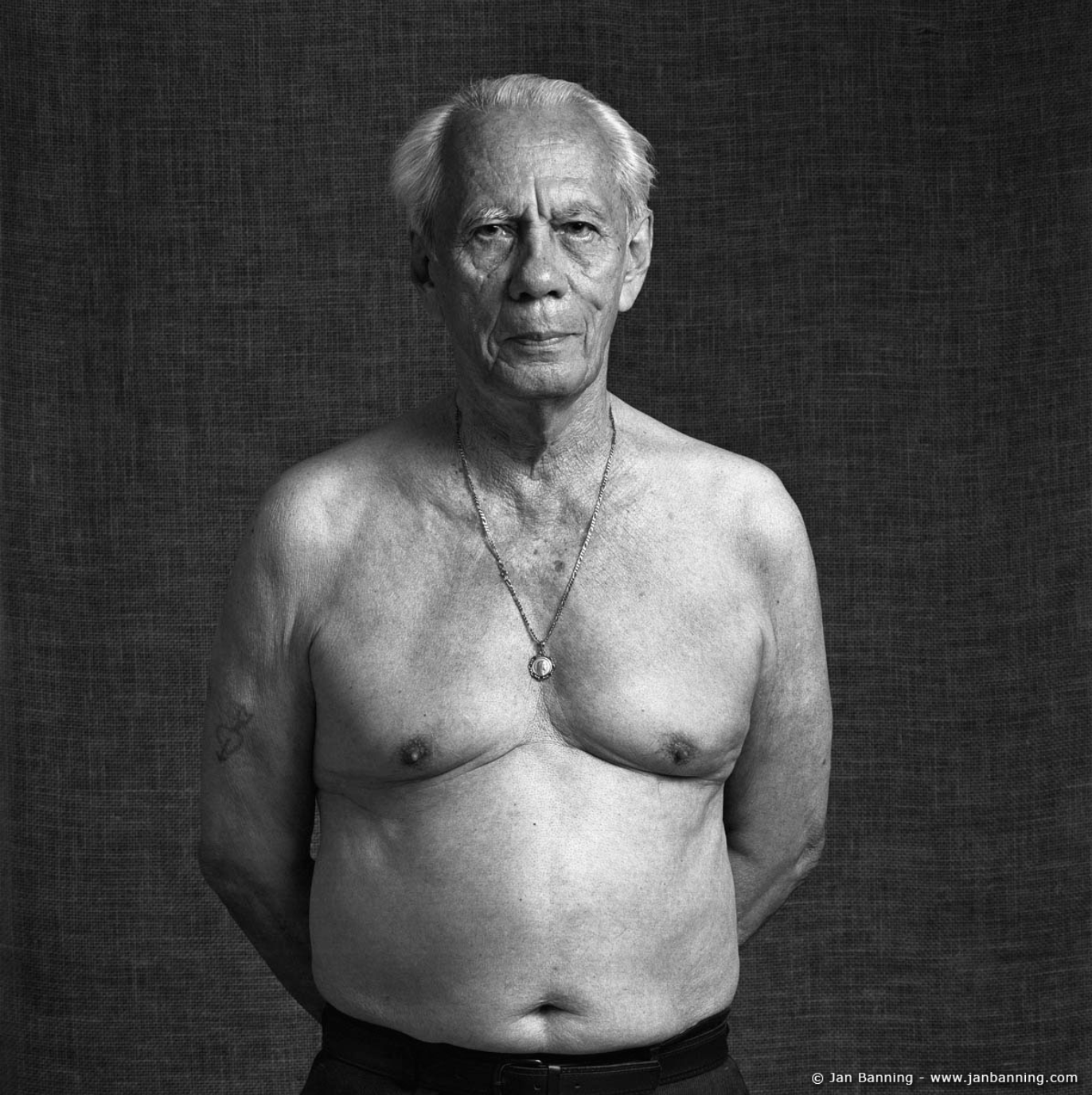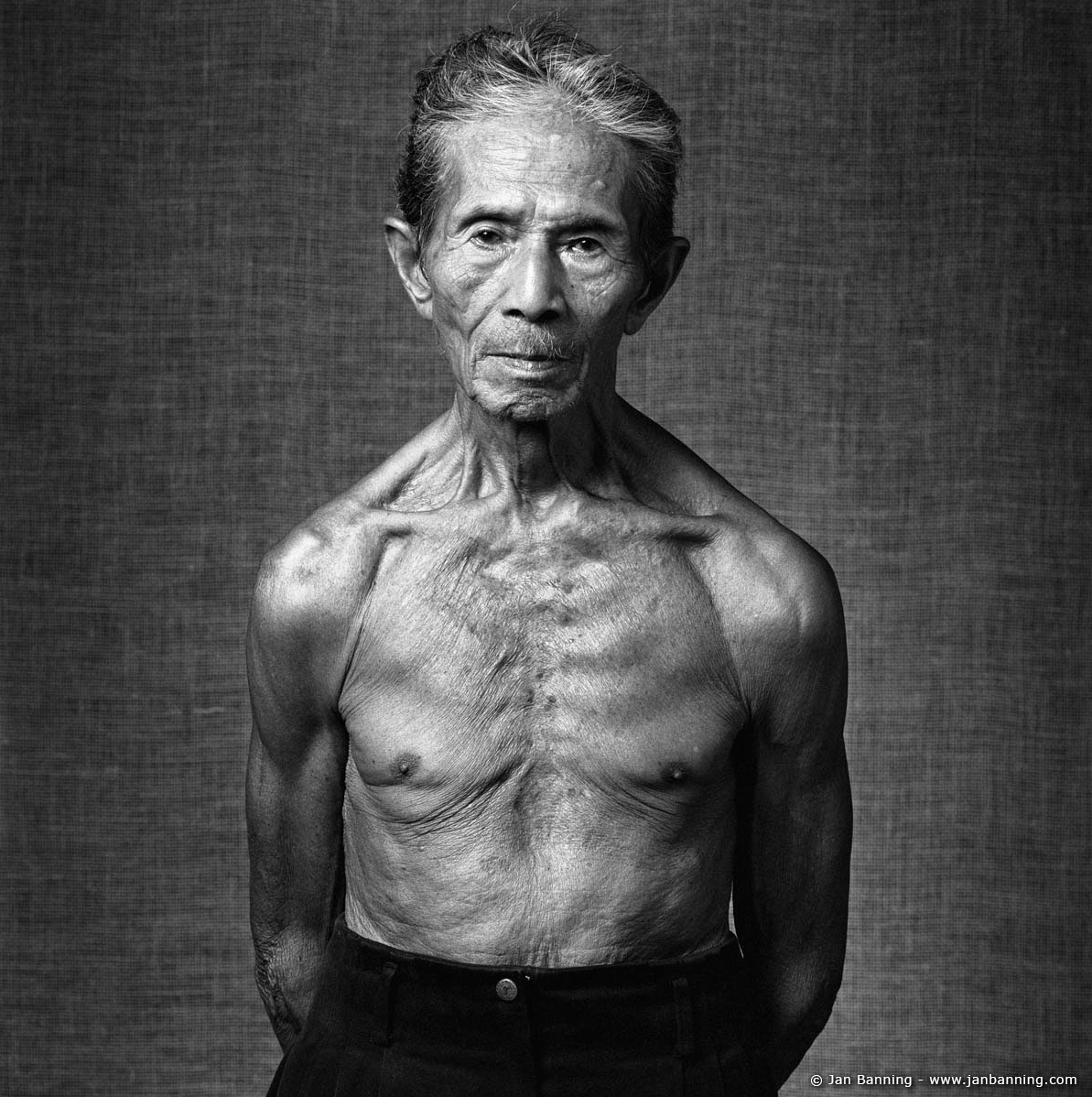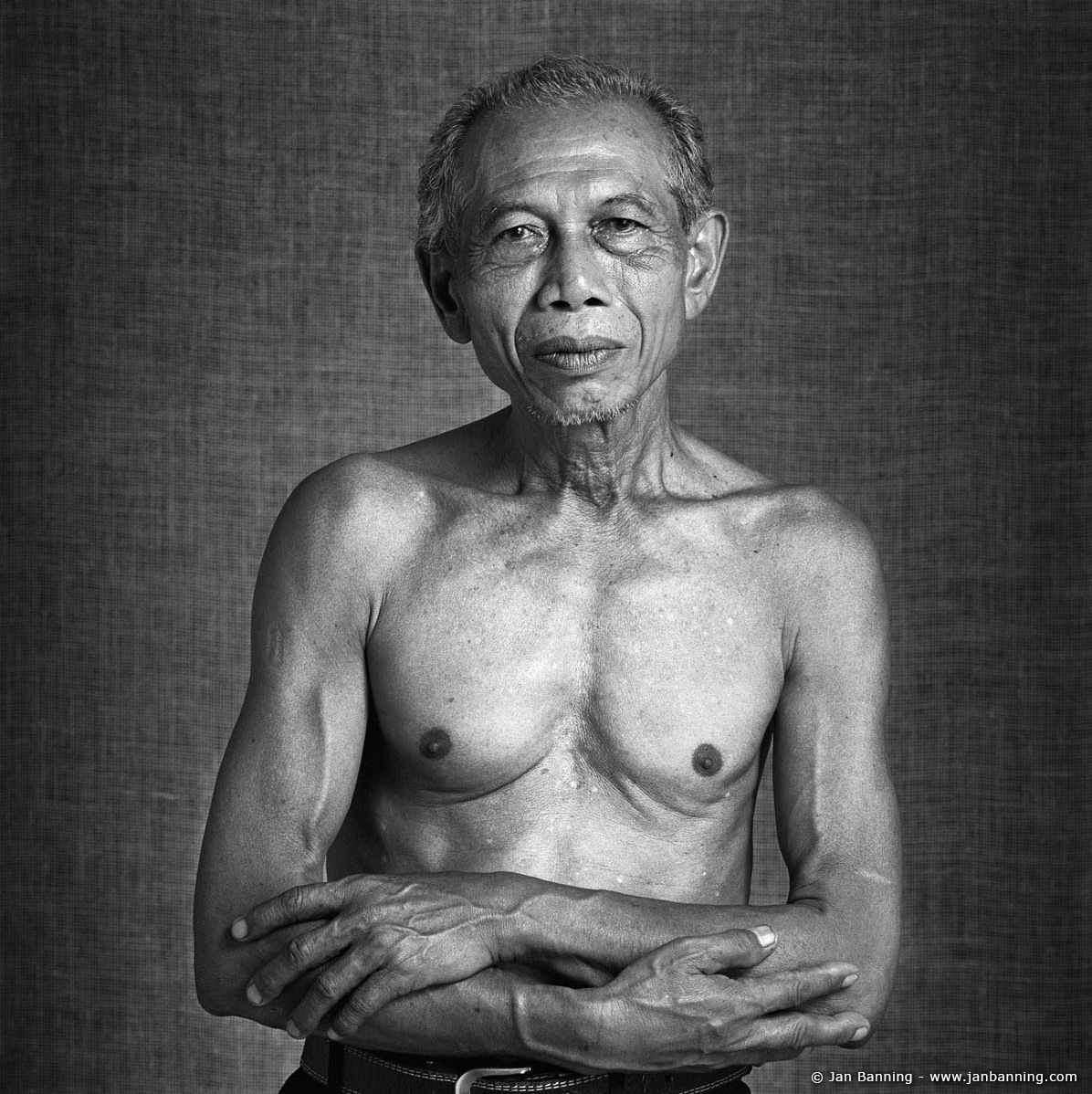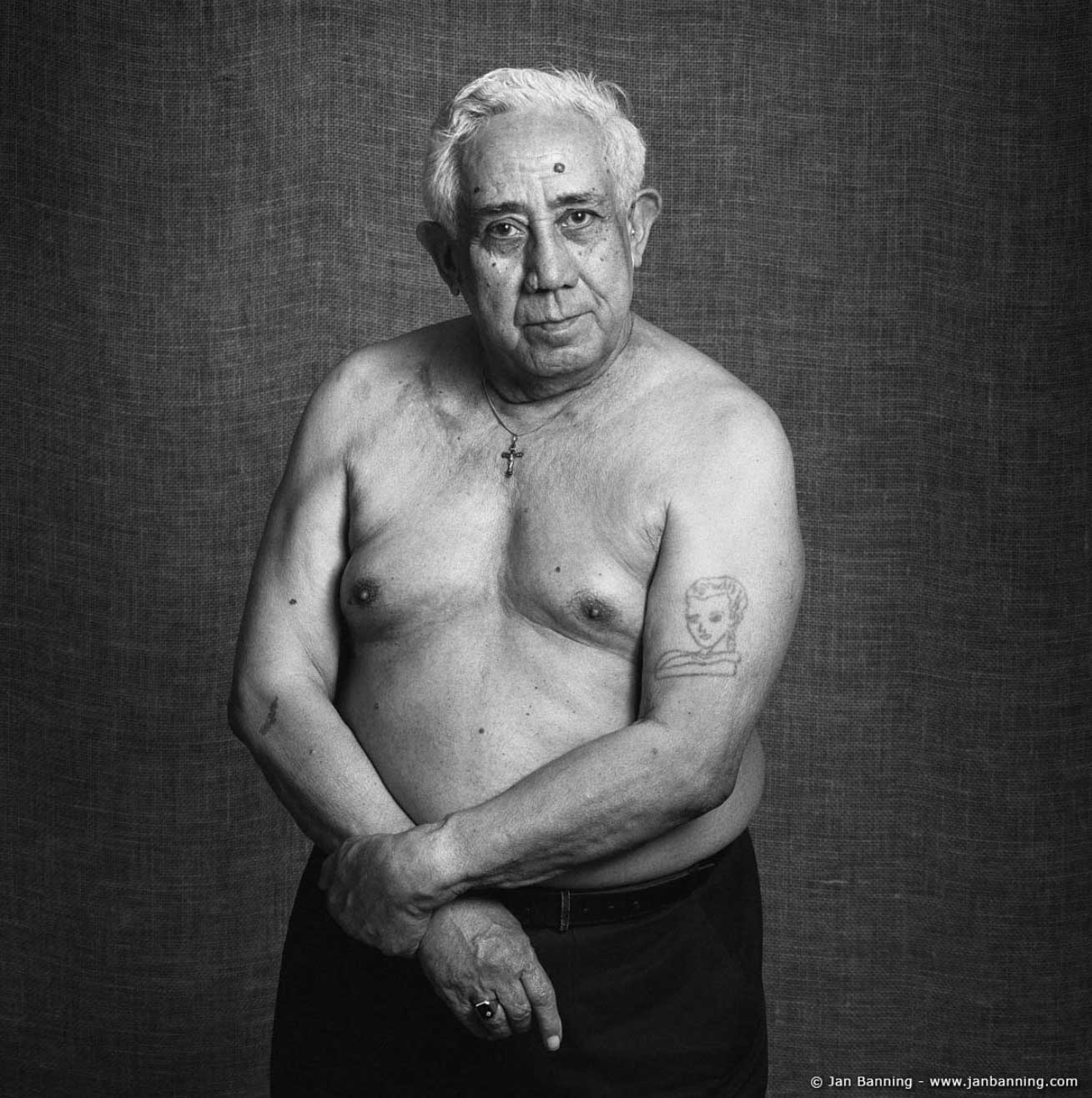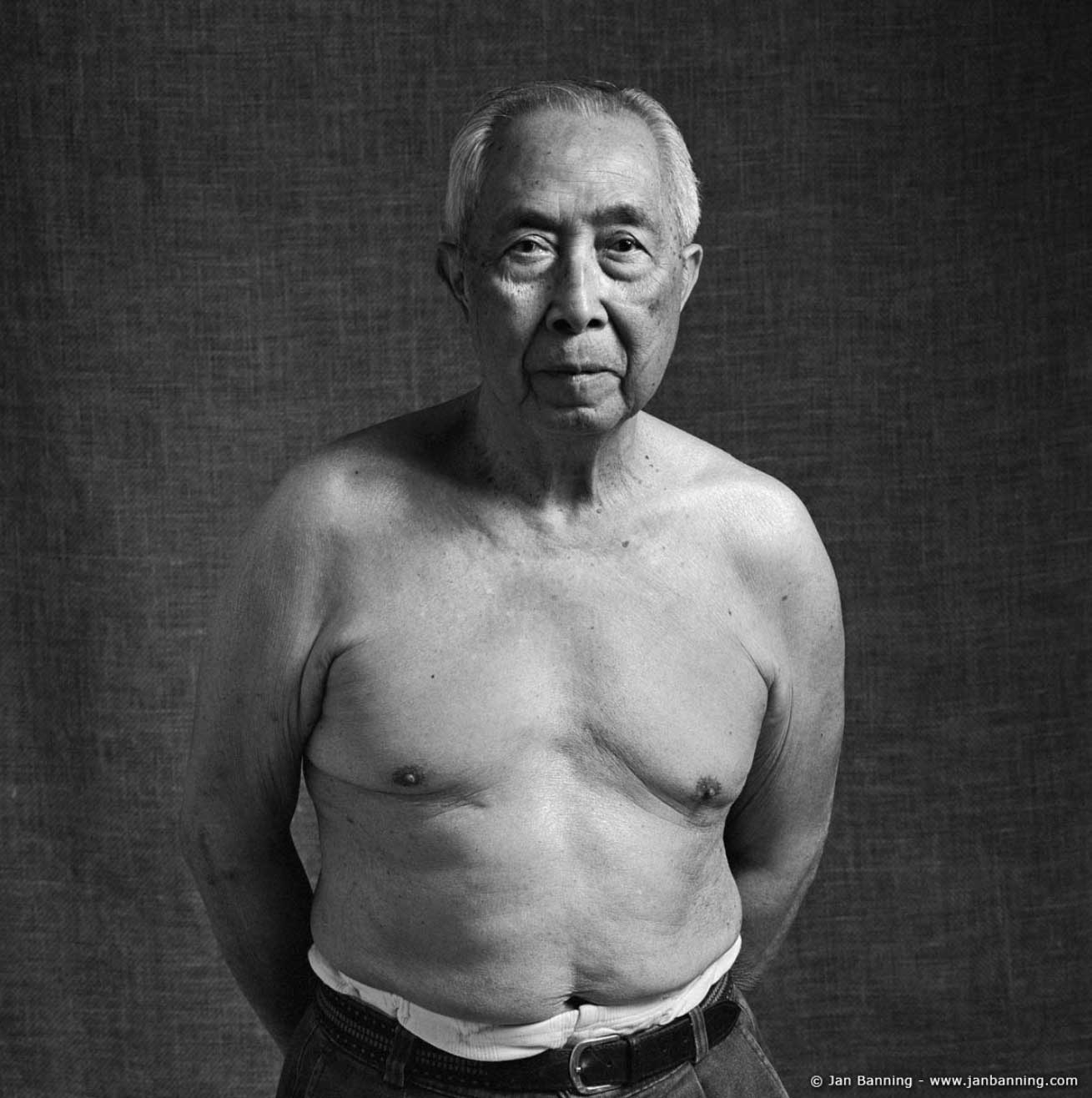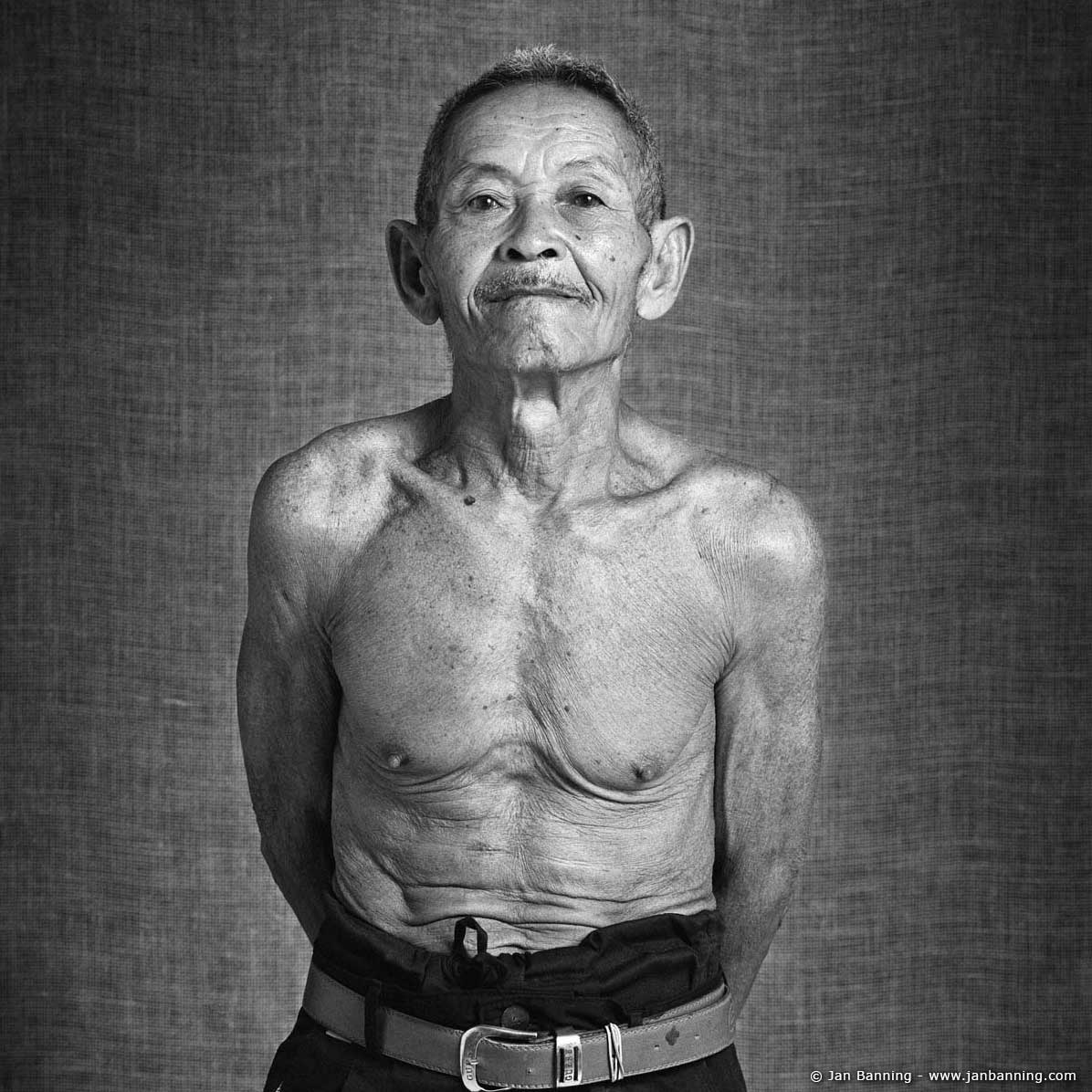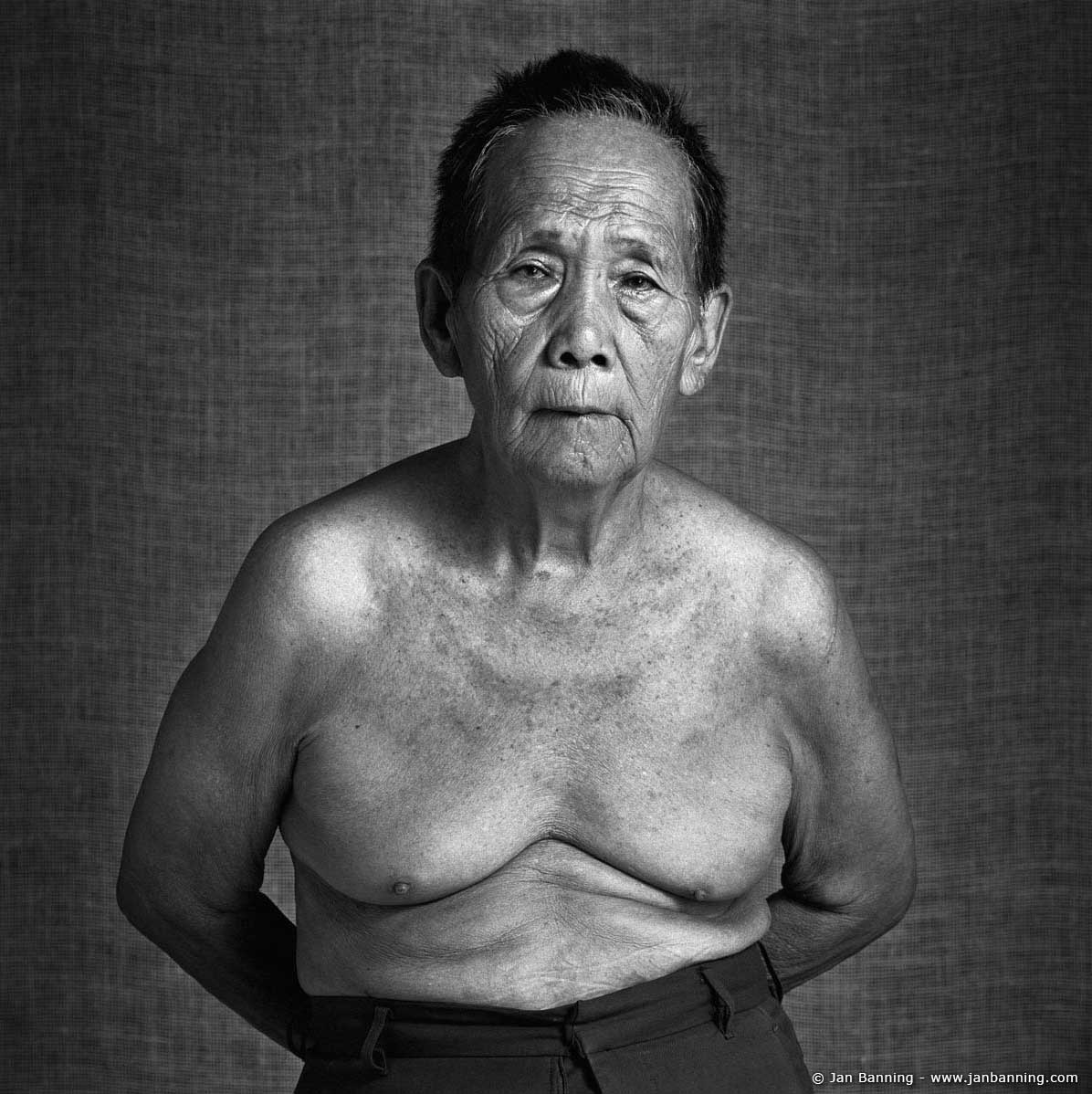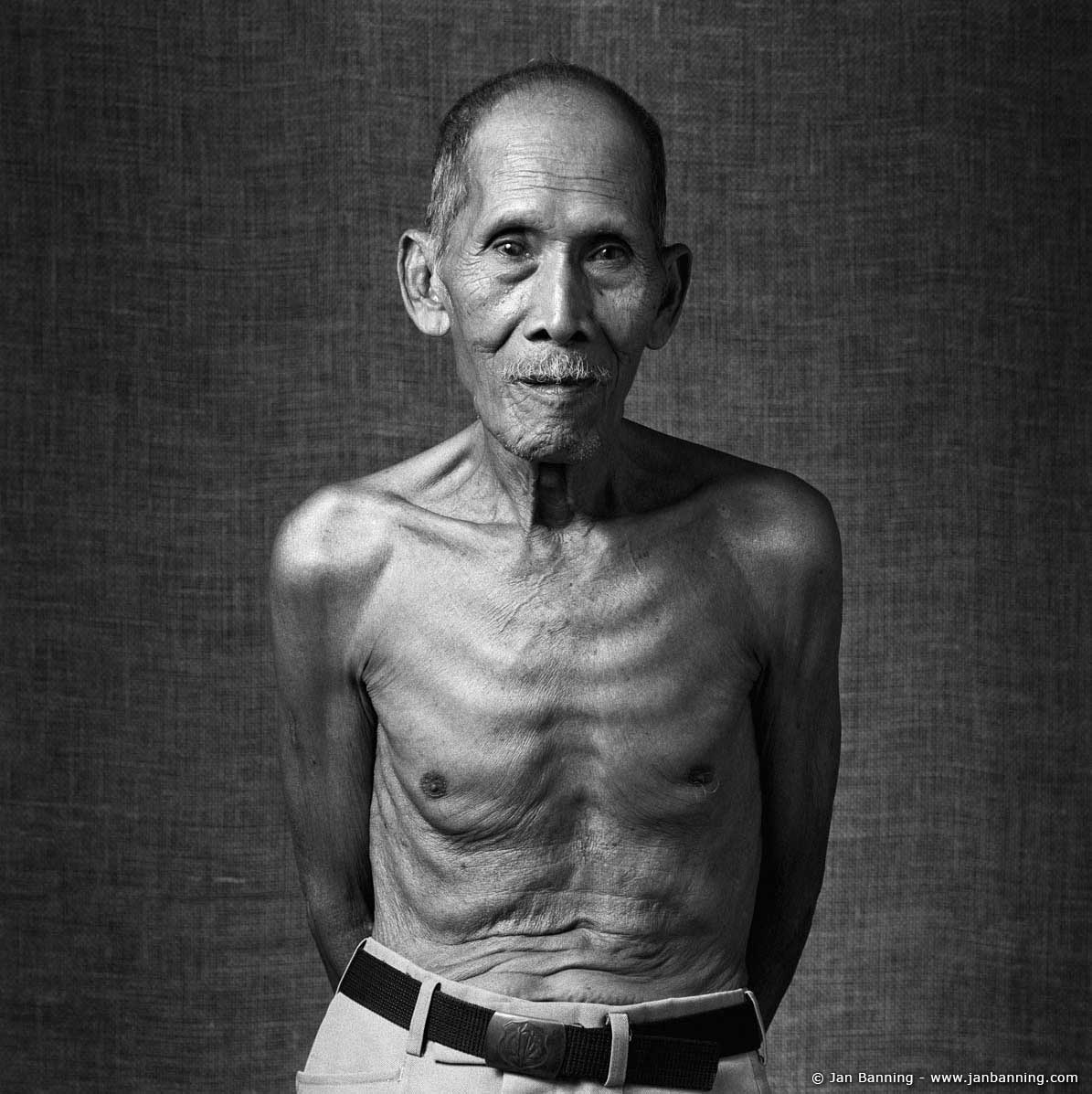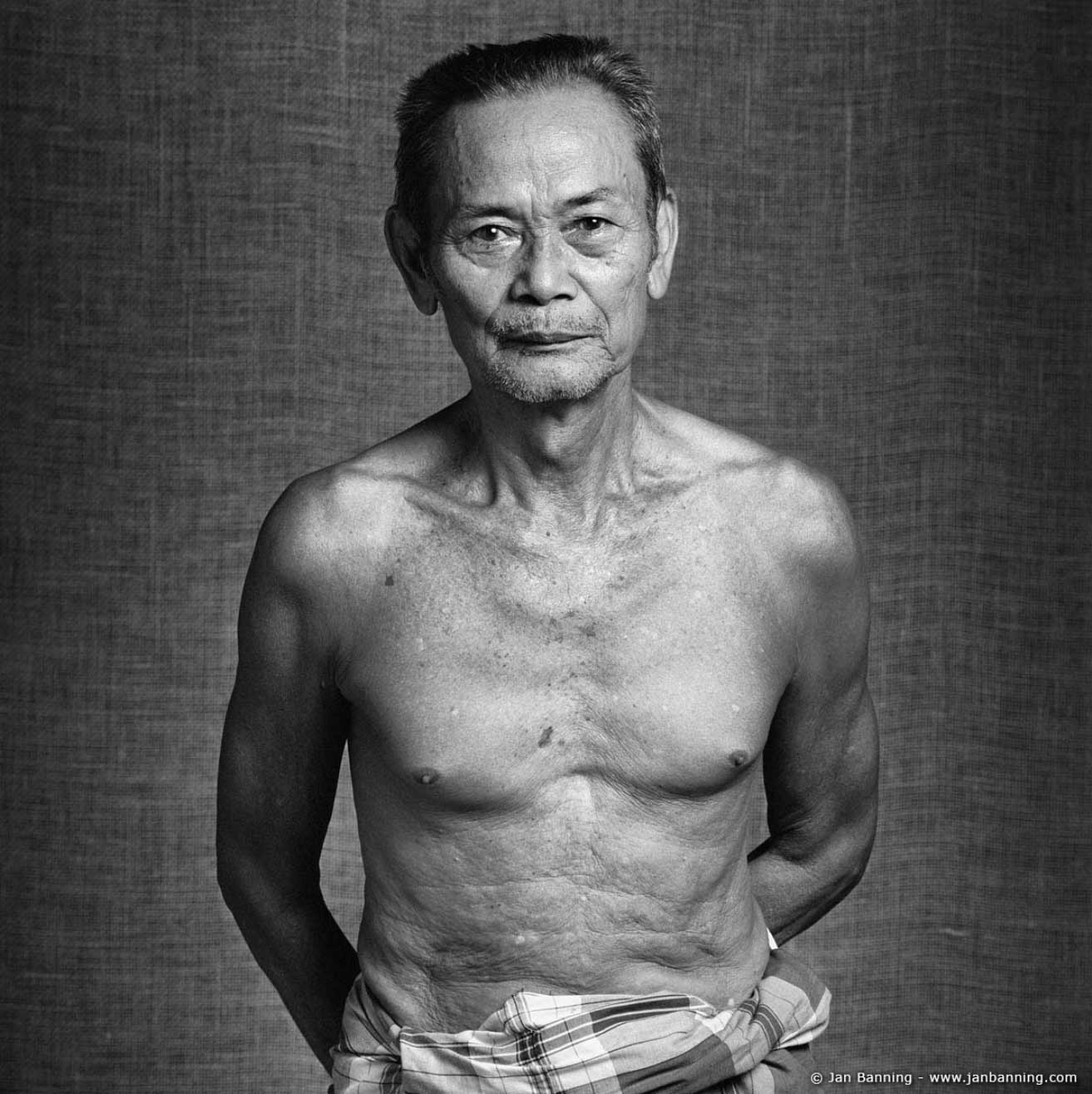Background
During World War II, some 60,000 POWs were forced to work on the 414 kilometers long railway in the border areas of Burma and Thailand. A quarter were Dutch, more than a third were English, and the rest was primarily American and Australian. The life and working conditions of these forced laborers were miserable. The Japanese worked many of them to death. Others starved, died because of disease and a lack of medicine, or were beaten to death. About 20 percent of the Burma POWs died on the railroad. The Burma Railroad was constructed between July 1942 and October 1943, mainly to provide the Japanese military with safer and faster transportation for troops, equipment and provisions to and from the front along the Burmese-Indian border. Construction of the Sumatra Railway started in 1943 and, ironically, was completed on the day the war ended, 15 august 1945. The Japanese intended for the railroad to serve as a military connection between East and West Sumatra and to transport coals from the Oembilinmines in Eastern Sumatra to Singapore. Of the 6,500, mainly Dutch and English workers on this 220 kilometers long railroad, about 30 percent did not survive the war. Practically, it was never used for anything but transporting back the slave workers who built the railroad. Apart from the POWs, the Japanese forced an estimated 160,000 romushas to work at the Burma Railroad and some 100,000 at the Pakanbaroe Railroad. Their fate was even more disastrous: between 50 and 80 percent of them perished.
June 2003.
Exhibition
24 portraits, 90 x 90 cm, with an introduction and captions (short versions of the interviews).
Book
Traces of War. Survivors of the Burma and Sumatra Railways, Trolley Books, London 2005 (ISBN 1-904563-46-5), UK £19.95, US $34.95, €29.95, CAN $44.95, AUS $49.95. It can be ordered via the bookshop. The Dutch version “Sporen van oorlog” (Ipso Facto Utrecht, 2003) is sold out.
Grants
This book and the photo exhibition by the same name have been made possible with financial support from the following Dutch institutions: Stichting Fonds Anna Cornelis, Fonds Bijzondere Journalistieke Projecten, Stichting Fondsenwerving Militaire Oorlogs- en Dienstslachtoffers (SFMO), Mondriaan Fund, NCDO, and Taxus Holding & Management BV (Bosch and Duin, the Netherlands).
The english translation was made possible with financial support from Stichting Het Gebaar and the Foundation for the Production and Translation of Dutch Literature (NLPVF).



